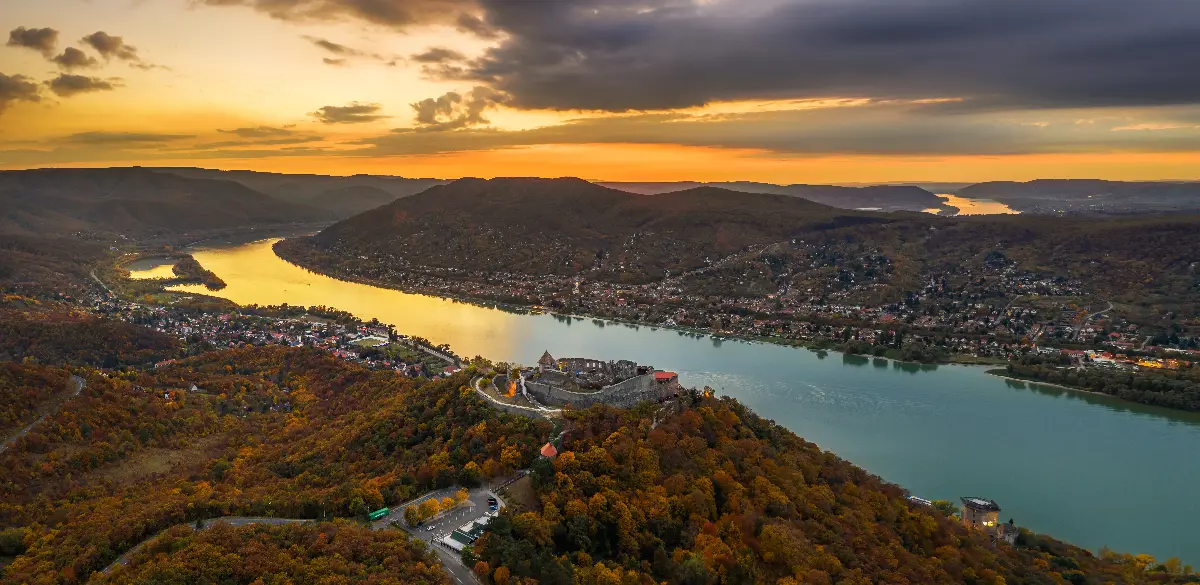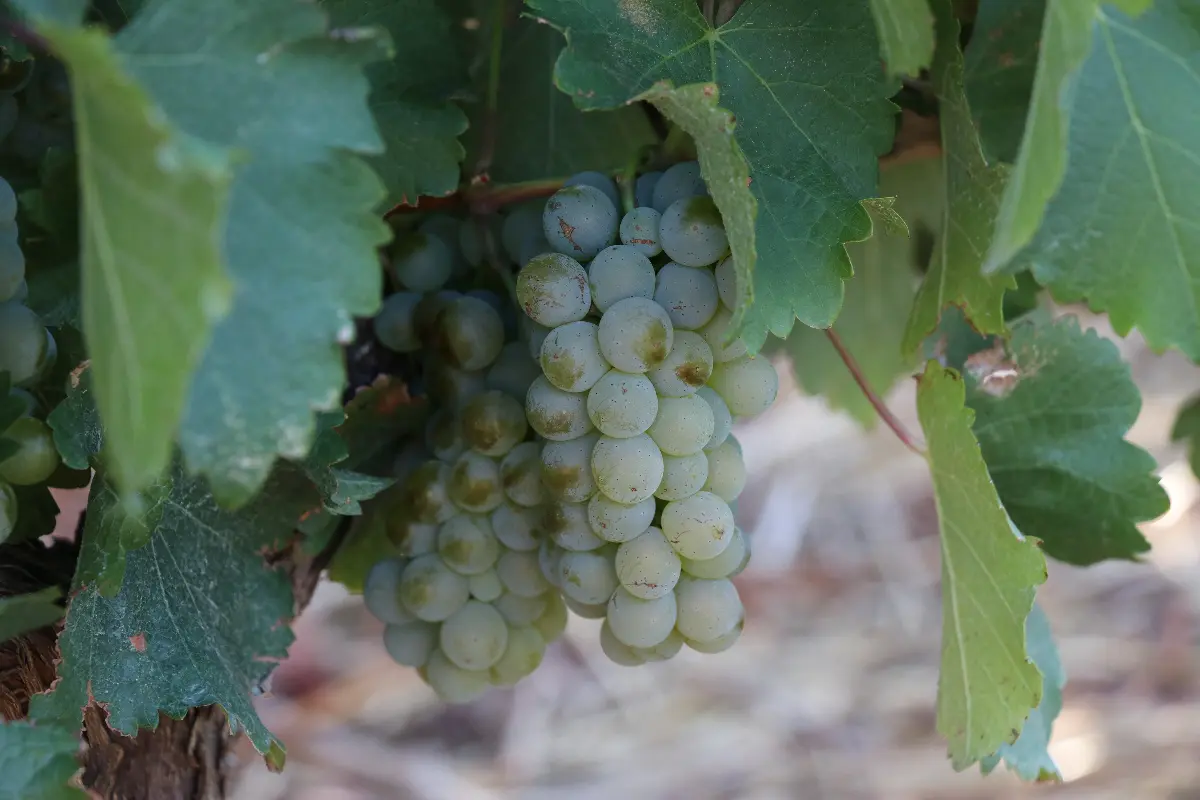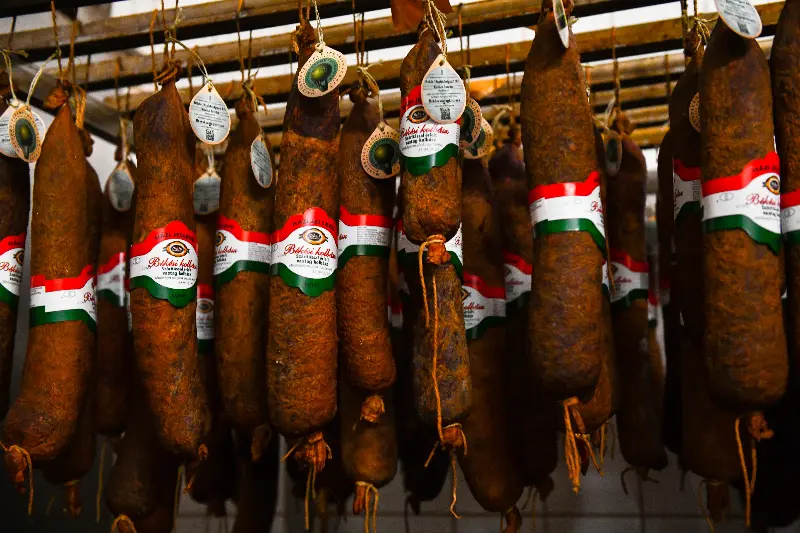
Helyszín címkék:
Danube Bend: the wine region that everyone has forgotten. Or have they?
DunakanyarGO
If we are looking at the Danube Bend from above, we would say that it was created for viticulture. It has everything that great wine regions used to have: its natural factors do not seem any worse than the dynamically developing Wachau or the vineyards along the Loire and the Rhine. As for why the wine produced here doesn’t have at least a nationwide reputation? The answer is quite simple: because we have neither the grapes nor the space for it. If we walk along the villages located on the two sides of the river, we find cellars everywhere. Even the Romans planted vineyards here, and the people settling in the area continued the cultivation: in the 16th century several travellers and chroniclers mention the delicious wine of the Danube Bend. When in the 18th century Swabians were invited to the country, many of them continued the tradition brought from home. The river not only provided an ideal climate, but even helped the transportation, it is not a coincidence that the items produced here have reached many places: the fermented juice of grapes travelled to south and west on the water, while to the north, in the direction of today’s Slovakia, towards Poland on horse-drawn carriages. The idyllic situation was ended by a disaster that swept across Europe: the phylloxera.
Insect pests

The American origin pest is called “grape root pest” in Hungarian – as its name suggests it creates deformations (nodosities) on the roots of grape thereby causing the destruction of the plant. Although the species first appeared in the southern part of Hungary, in five years it reached the northern part of the country. Its first appearance in Hungary was reported in 1875 by Chief Telegraph Officer of Pančevo Ede Gerger – nevertheless, about two thirds of Hungarian vineyards were destroyed by the phylloxera. There was no real cure except an expensive carbon disulphide treatment, and the only salvation after the destruction was grafting noble vines on resistant subjects. In the Danube Bend inhabitants stopped cultivating in many places; Swabian farmers planted less risky fruit trees in place of the vineyards. Unfortunately, most of these were also destroyed by now: the former precious orchards in Kismaros, Verőce, Nagymaros, Szentendre and the other settlements were replaced by holiday homes or residential areas. We’ve stopped thinking of Vác as a city of vineyards, although the Hungarian Episcopal Manorial Cellar was popular even beyond the borders, but unfortunately neither they nor the smaller wineries of the city could not stay up after the communist takeover. Yet, the most exciting story is not theirs but the Nagymaros champagne factory’s.
Bubbles
Wouldn’t it be great sipping the local, vintage méthode traditionnelle champagne at the beach of Nagymaros, the well-structured small bubbles of which ascend with dignity in the slim glass? Unfortunately, only the multi-storey, semi-renovated building and the huge empty cellar recalls the plant opened in 1893: Dr. Ludwig Willibald’s champagne factory was one of the major players in the market. Traditional Hungarian champagnes aged in bottle survived the 20th century only due to the historic cellar in Törley Anna street. Nevertheless, it is exciting to play with the idea of how much sexier Nagymaros would be with its own champagne, what a tourist attraction it could be if in the historic cellars of the town there were wine instead of junk, and we could walk in beautifully cultivated vineyards instead of the bunch of holiday homes.

May the tradition be revived?
The memory of Szentendre winegrowers of the 1700s has faded by now, but in the neighbouring Dunabogdány, after the turbulent decades, a local type of grapevine bogdányi dinka produces fruit again – back in 1720 when the Swabians arrived this type of vine has already covered the hillside in green. Although phylloxera destroyed this type of vine as well from the slopes of Pilis, András Tóth leading the ‘Borgarázs Manufaktúra’ (WineGarage Manufacture) propagating the three vines left in the gene bank of Pécs by now grows with love hundreds of dinka grapevines. With his help the romantic Kutyahegy and the culture of the Danube Bend wines may be revived.






